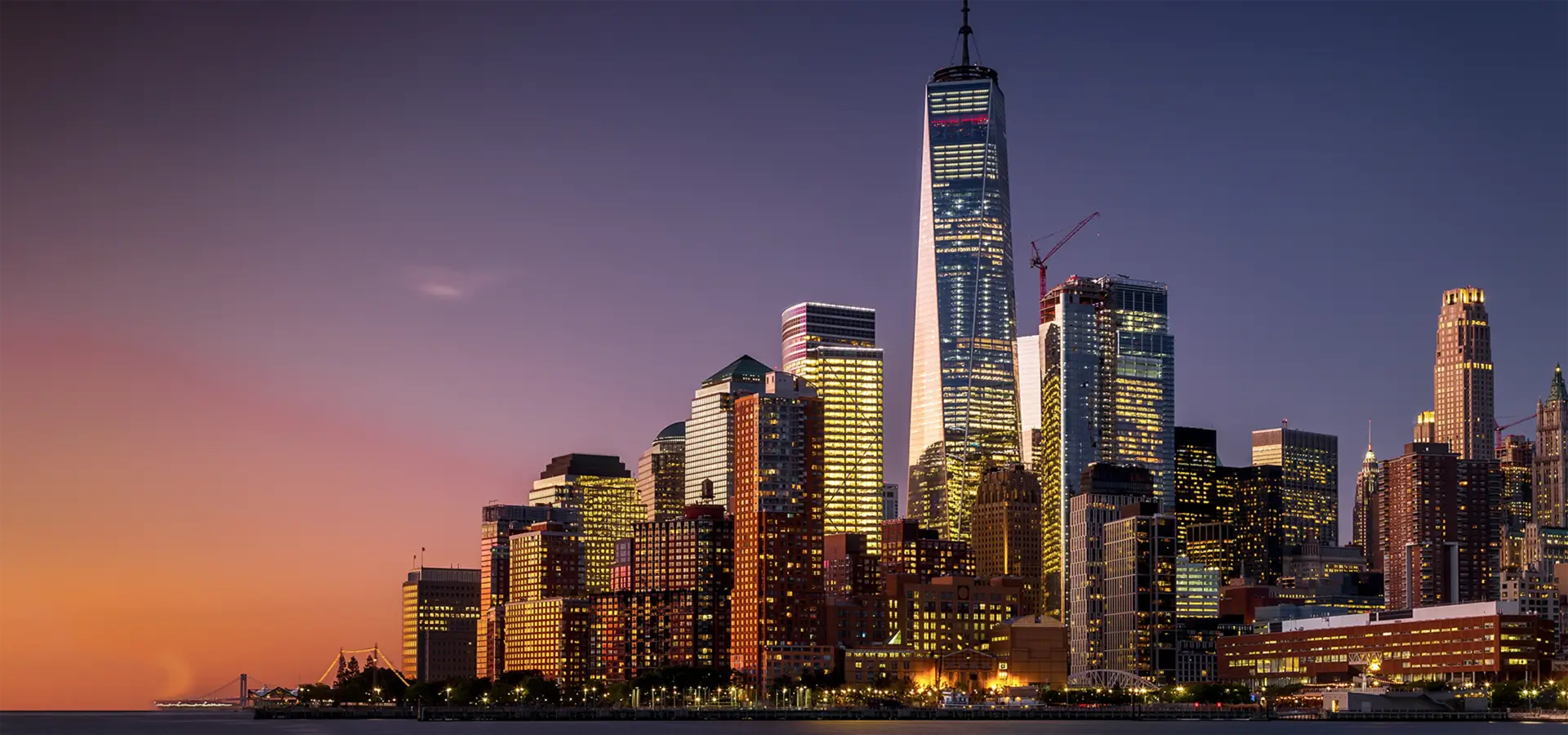

The Importance of Float Glass in Modern Construction
Float glass, also known as sheet glass or flat glass, is an essential material in contemporary construction, architecture, and design. As a transparent sheet manufactured through a unique process known as float-glass technology, it possesses remarkable properties that make it a preferred choice for a variety of applications. This article will explore the significance of float glass, its manufacturing process, and its diverse uses in modern society.
The Manufacturing Process
The production of float glass was developed in the 1950s by Sir Alastair Pilkington and revolutionized the glass industry. The core of the manufacturing process involves melting raw materials, including silica sand, soda ash, and limestone, to produce molten glass. The molten glass is then poured onto a bed of molten tin, where it spreads out and forms a perfectly flat surface, thanks to the density of the tin. This method enables the production of glass sheets with consistent thickness and high optical clarity, resulting in a uniform and flawless finish.
Once the glass has cooled and solidified, it is cut into desired dimensions and subjected to various treatments to enhance its durability and safety, such as annealing or tempering processes. These treatments not only improve the performance of float glass but also make it suitable for specific applications, including windows, doors, and facades.
Applications in Architecture
Float glass plays a crucial role in architecture and building design
. With its ability to transmit natural light, it creates bright and welcoming environments while reducing the need for artificial lighting. This energy-efficient characteristic aligns well with modern sustainable building practices, making float glass a popular choice for both residential and commercial structures.
One of the most prominent applications of float glass is in windows. It offers an unobtrusive view to the outside while providing insulation and privacy. Advanced glazing technologies, such as double or triple glazing, incorporate float glass to further improve thermal performance and sound insulation. Furthermore, low-emissivity coatings can be applied to float glass to enhance energy efficiency, reducing heating and cooling costs for buildings.
In facades and curtain wall systems, float glass not only contributes to the aesthetic appeal of buildings but also serves as a protective barrier against environmental elements. Architects frequently use large panels of float glass to create stunning visual statements, allowing for innovative designs that maximize natural light while maintaining structural integrity. The transparency of float glass creates a seamless connection between interior and exterior spaces, promoting a harmonious integration with the surrounding environment.
Safety and Innovation
With safety being a paramount concern in construction, float glass has evolved to meet rigorous standards. Tempered float glass, which is heat-strengthened to resist breakage, is commonly used in places where human safety is crucial—such as in glass doors, partitions, and skylights. Laminated glass, consisting of two or more glass layers bonded with a plastic interlayer, further enhances safety by preventing breakage and glass shattering, making it ideal for high-rise buildings.
The emergence of smart glass technologies is another exciting innovation in float glass. This type of glass can change its properties, such as transparency and shading, in response to environmental conditions or user input. Smart glass enhances solar control and energy efficiency in buildings, demonstrating how float glass continues to evolve in response to modern needs and technological advancements.
Conclusion
In conclusion, float glass is a pivotal material in modern construction, offering a blend of functionality, safety, and aesthetic appeal. Its manufacturing process ensures high quality and uniformity, making it a staple in windows, facades, and various architectural elements. As we continue to focus on sustainable building practices and innovative technologies, float glass will remain at the forefront, shaping the way we design and interact with our built environment. As architects and builders embrace its versatility, the future of float glass is bright, promising even more exciting developments to come.